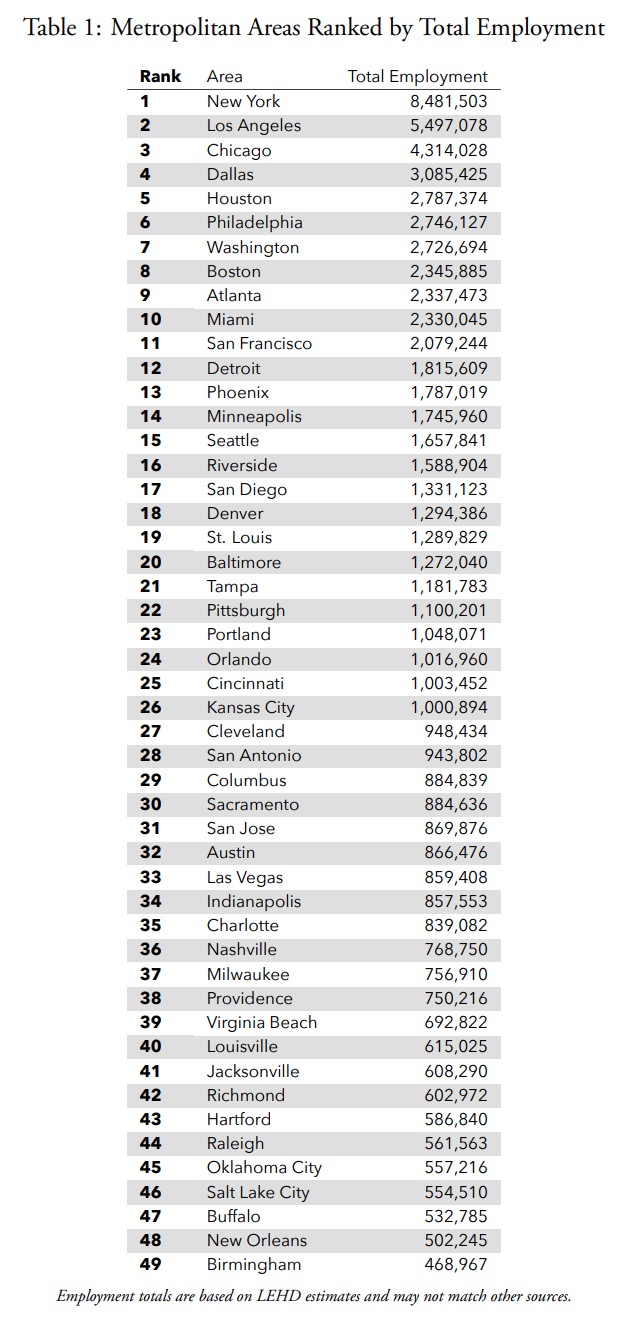
This study estimates the accessibility to jobs by transit and walking for each of the United States’ 11 million census blocks, and analyzes these data in 49 of the 50 largest (by population) metropolitan areas. Travel times by transit are calculated using detailed pedestrian networks and full transit schedules for the 7:00 – 9:00 AM period. The calculations include all components of a transit journey, including “last mile” access and egress walking segments and transfers, and account for minute-by-minute variations in service frequency.
View this complete post...











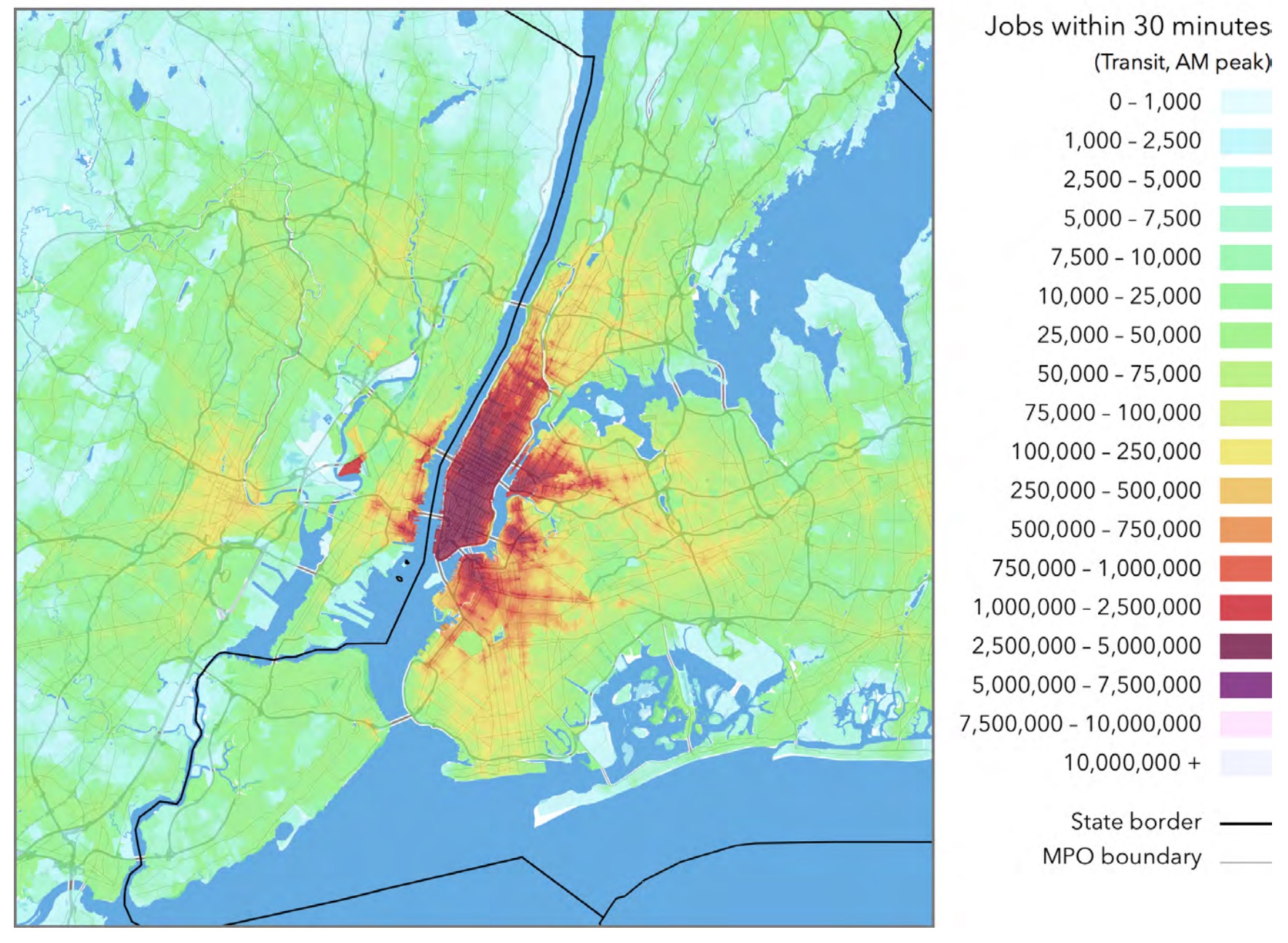
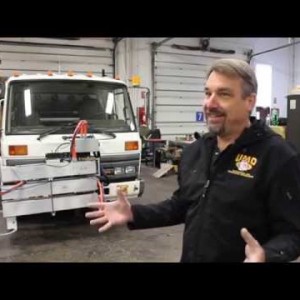

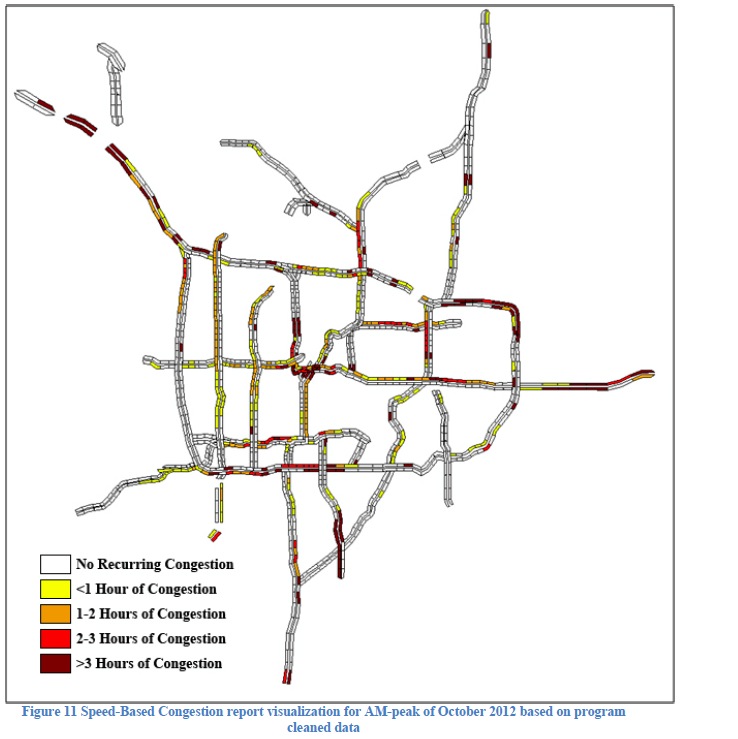
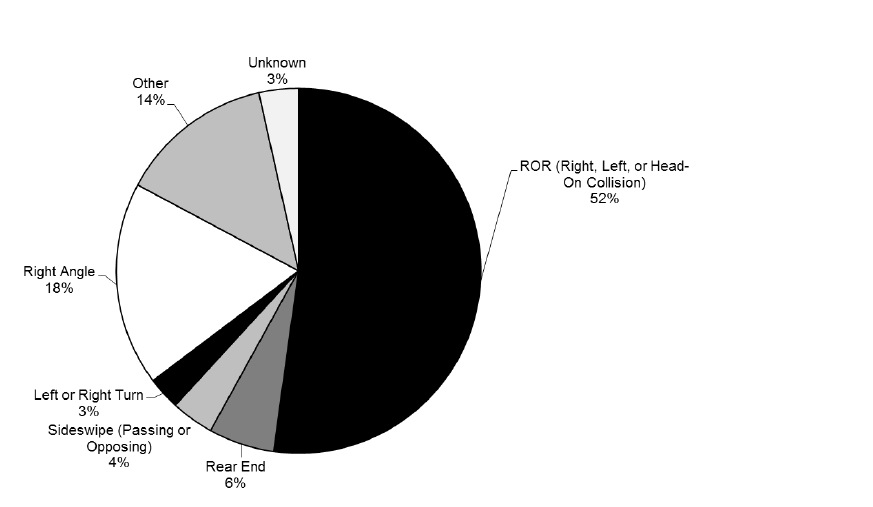

 RSS Feed
RSS Feed